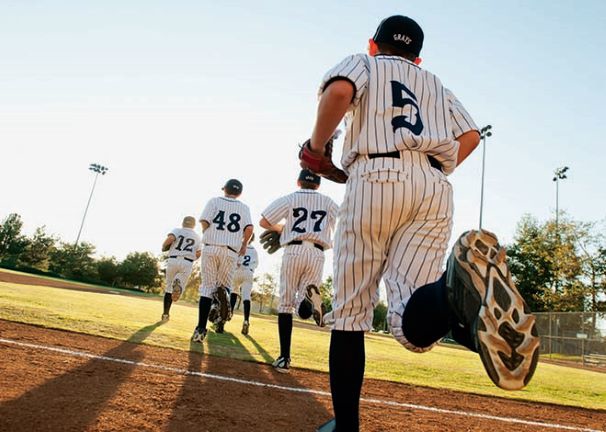4 Ways Student-Athletes Can Prevent Injury
Jun 7, 2022

Nearly half a million children ages 5 to 14 sustained sports-related injuries that sent them to the hospital or doctor in 2020,according to the National Safety Council. These injuries typically stem from overuse, including stress fractures and sprains, although 15 percent of high school students in 2019 reported having had at least one concussion related to playing sports in the previous year, according to the Centers for Disease Control and Prevention.
But don’t let the statistics deter you from letting your children join the team. Help them play safely.
Focus on form
The body is more prone to injury when it’s not adequately prepared for the activity level that sports require. Make sure your child is enrolled in a program that stresses the importance of practice and proper form. Coaches should lead warm-up activities before play.
“It’s always a good idea to establish communication with your child’s coach,” saysDavid Golergant, MD, a pediatrician at Adventist Health Clear Lake. “And be sure to share with coaches your child’s health or injury history, too.”
Ask questions, and if you aren’t happy with the answers, take action — even if that means moving your child to another team.
A Multi-Sport Athlete
Make sure young athletes are not overdoing it in any one sport, which can cause overuse injuries. Doing the same activity intensely every day can lead to serious problems for a child’s developing joints, ligaments, muscles and bones. Encourage kids to play multiple sports and not focus all their time on one activity year-round.
Rest for success
Adequate rest time is as important as variety, although rest can be tough to accomplish if a child plays multiple sports or is on highly competitive teams.
“We see a lot of times where overuse injuries could be prevented by making sure kids get enough breaks throughout the week and year from their sport so that they have time for rest and recovery,” Dr. Golergant says. “We recommend one to two days off per week.”
That doesn’t mean children become couch potatoes on those days, Dr. Golergant says. They just take a breather from the intense training and practice.
Allow time to recover
Even with all the proper precautions, injuries might still happen. If they do, seek medical care. Depending on the urgency of the injury, this may require a visit to an emergency room or urgent care center or an appointment with your pediatrician. “Injuries can cause long-term problems if the appropriate care isn’t delivered,” Dr. Golergant says. “Don’t delay treatment.”
He also advises parents to follow the treatment plan to the letter. Once a doctor has diagnosed the injury, don’t allow your child to return to practice or games until he or she has had adequate time to heal.
Finally, get instructions for what’s next. Find out how your child should go back to the game. Is there a gradual progression for a safe return? Can the doctor offer any tips to keep your child from being reinjured? •
Made for more healthy childhood activities
Adventist Health Clear Lake’s pediatric team is passionate about keeping children healthy, from the littlest toddlers to active teens. Your family has access to a variety of expertise and personalized care for your child’s health, including well-child exams, sports physicals, immunizations and treatment for chronic conditions such as asthma and allergies. Your local pediatric team is here to help you keep your kids healthy and growing for years to come.


